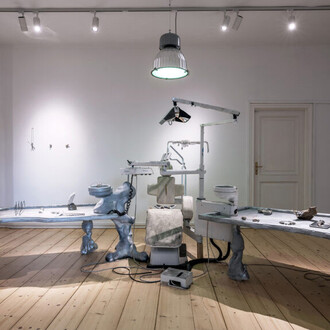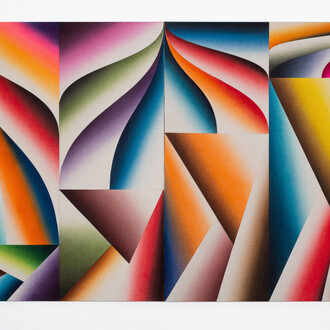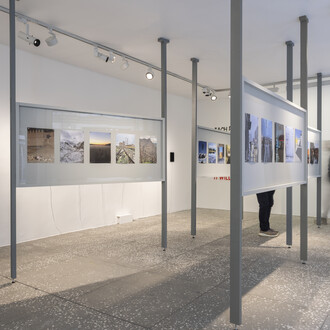The exhibition is an international development of the curator project The Archaeology of the Screen. The Estonian Example, which took place in the autumn of 2017 at the Bozar art centre in Brussels and was curated by Eha Komissarov. In Brussels, the display was based on the image of Estonia as an innovative e-state, involving artists who see it as their role to transfer reality to virtual and social space. At Kumu, the line-up is complemented by an international group of artists who interpret from a new angle such topics as digital security, relations between the screen and historical technology, and the criticism of visual culture.
The exhibition mainly focusses on phenomena that interest the artists currently working in Estonia. Thus, the display includes various types of documentary and staged tales, works dealing with the specifics of analogue and digital technologies, multimedia installations and different computer- and web-based developments. Unlike several other influential approaches which primarily deal with the screen or video art as phenomena linked to moving pictures, this exhibition follows the approach of Lev Manovich, according to which the screen is a window to a new reality and does not necessarily have to present moving pictures. Thus, we have also included works of art in the discussion which exploit the techniques of photography.
These days, it is hard to imagine either photos or videos without digital processing. It is difficult, if not impossible, to distinguish among videos, films and photos as clearly defined art media. Our focus on the concept of the screen follows the logic of the post-media era, as we prefer to find keywords that unite artists, not concentrate on formal characteristics. The digital space opens up a multitude of opportunities to construct numerous meta-worlds. In the new landscape formed with the help of technological tools, old meanings are questioned, and art is viewed as an opportunity to ascribe values to new relationships and to fill emptiness with meaning.
Artists: Erik Bünger, David Claerbout, Paul Kuimet, Marge Monko, Deimantas Narkevičius, Rosalind Nashashibi and Lucy Skaer, Taavi Suisalu, Artur Żmijewski, Timo Toots, Ivar Veermäe, Sigrid Viir, Tõnis Vint and Pinar Yoldas.
















